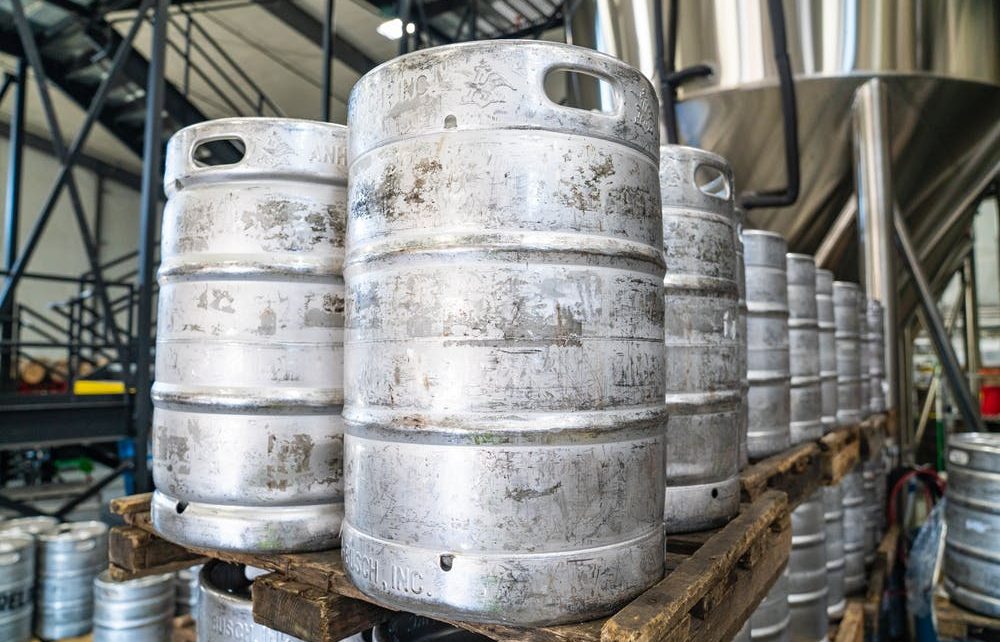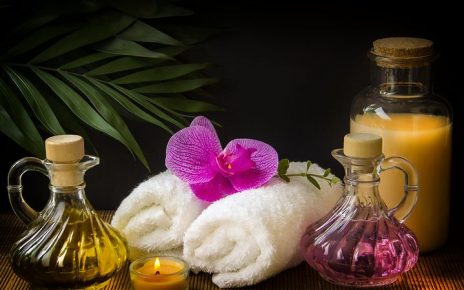The most common way for people all over the world get their shower and sinks running with heated H2O is via a hot water cylinder. These systems have low installation costs and can last for many years which make them very desirable amongst home owners. Having to only pay for something once is a huge perk especially when you own your own home. Things always go wrong and making sure your H2O will always be warm is just perfect.
Traditionally all hot water cylinders ran on electricity but nowadays it is common for them to run on gas instead. Additionally you can also get solar powered systems as well as heat pumps or even a combination to best suit your household.
To break it down for you so you can wrap your head around these units, we have put together a short guide that aims to help you understand hot water cylinders.
How do they work?
Hot water cylinders are the best method of providing heat to your home as they are simple and take out all of the fuss. Sometimes less is more and that is definitely the case for these units. Picture them as a giant kettle that or water jug that uses insulation to heat the surrounding liquid to a required temperature. This temperature can be set by you wear the tank will then hold the liquid until it is needed. For the Australia and New Zealand region it is recommended that the liquid does not exceed 60 degrees Celsius and 55 degrees Celsius when coming out of a tap.
To summarize the process, cold liquid goes into the tank where it is heated. Heated liquid exits the tank when it is needed (ie someone turns on the tap). This process is continuous to ensure that you have a steady stream of heated H2O.
What makes up the systems?
These systems aren’t simply just a tank that works on its own. There are several parts that make up the larger unit in order for it to work.
Storage tank
The most iconic component is the tank itself. They usually are comprised of steel with a glass enamel and insulation. Depending on how old your unit is as well you may find that it could have copper in it.
Thermostat
https://www.youtube.com/watch?v=T8cGKdICJmc
This part is essentially a thermometer where you have the capability to adjust the temperature. Once you set the desired temperature it is automatic and will work without your manual input.
Immersion element
Some hot water cylinders have two immersion elements but they are the component that heats the liquid inside the tank. They are located inside the tank itself and you can imagine them as the metal coil that was in classic kettles to heat the liquid.
Temperature pressure relief valve
These valves are in place to protect your unit and your household. A buildup of pressure can lead to some serious malfunctions to your unit which is why there are safety precautions in place. The valve will open if your tank pressure gets too high as to a void a complete failure of the system.
Anode rod
It’s very common for water systems to corrode and to prolong the life of your system as long as possible, many hot water cylinders now come with anode rods. The rod itself is suspended in the tank and is essentially the sacrificial lamb to ensure that your tank isn’t the piece of metal that is being eaten away. They are generally made from aluminium or magnesium with a steel core to prolong their own life.




